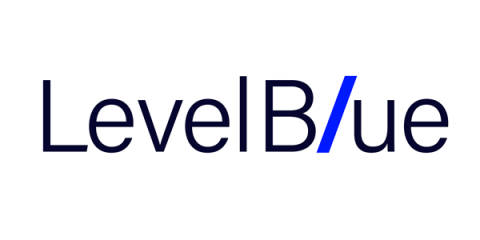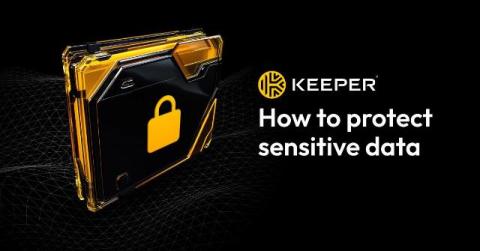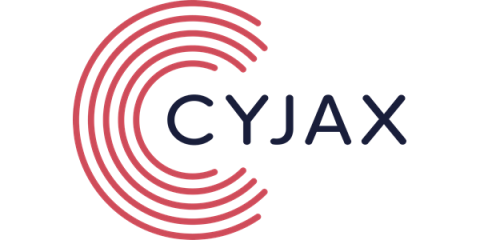Meet UULoader: An Emerging and Evasive Malicious Installer.
Windows Installers (.msi files) are a known vector of malware distribution. Although not quite common, they have been used by threat actors to distribute malware of all sorts. During July 2024, the Cyberint Research Team noticed somewhat of an uptick in the usage of malicious.msi files. Among the various samples we noticed a specific variant of malicious installer being actively used in the wild, disguised as legitimate applications or update installers and targeting Korean and Chinese speakers.











